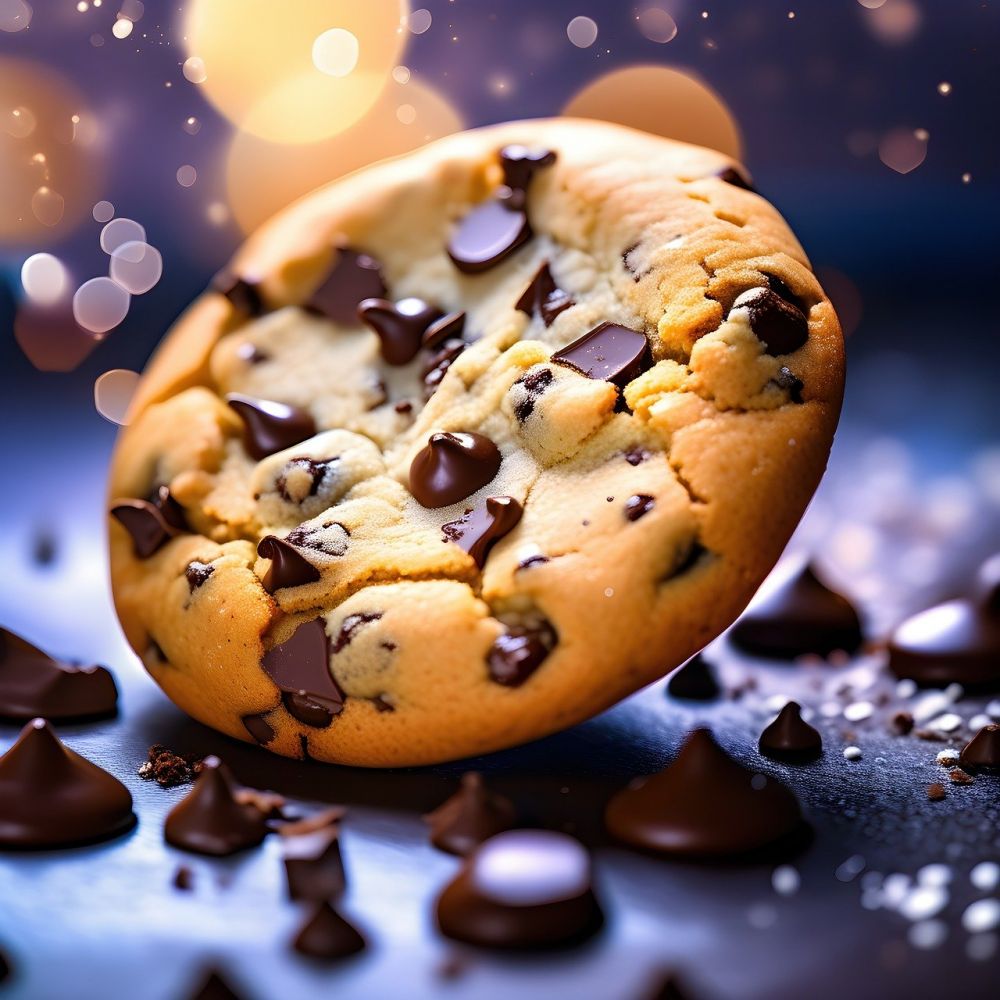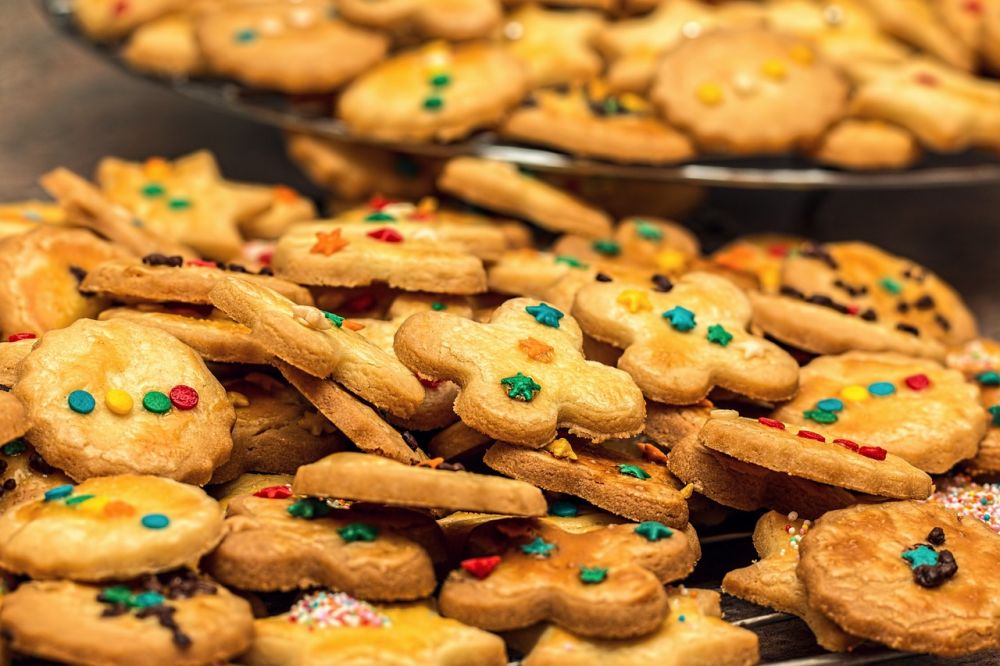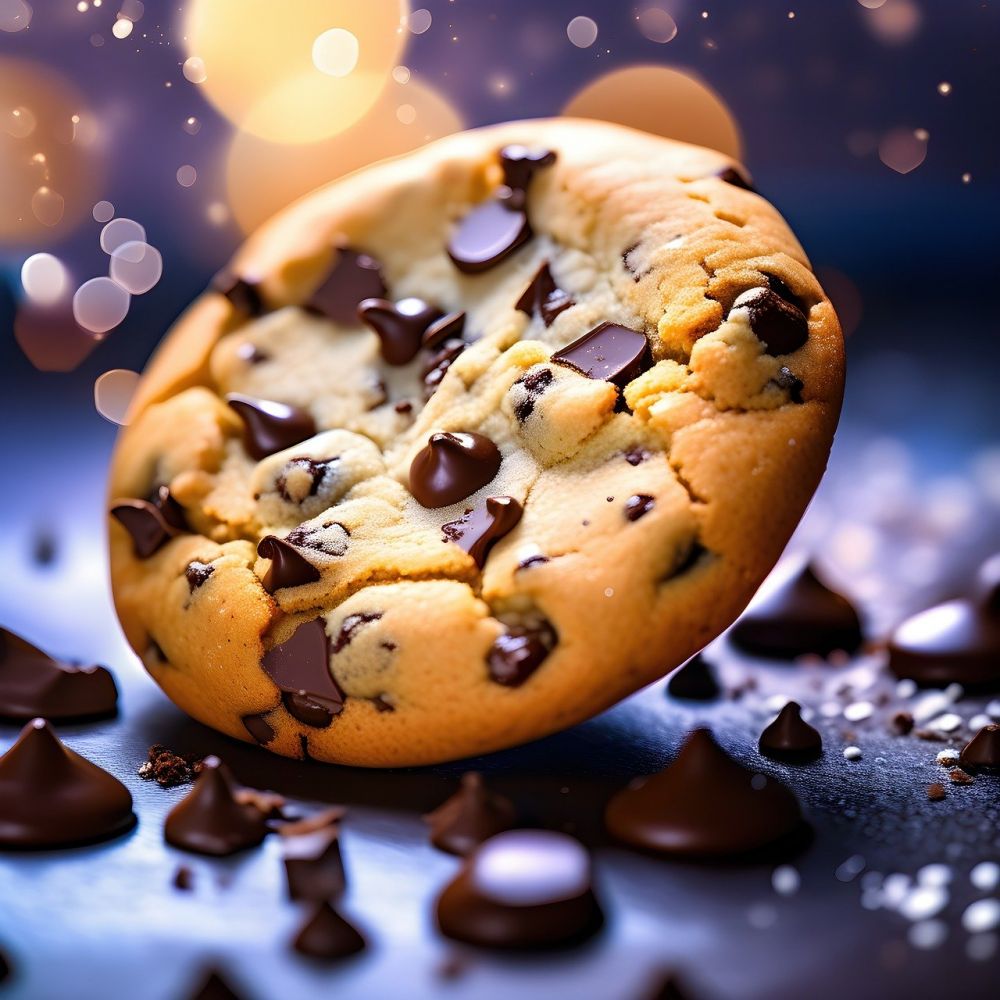Bake Cookies: The Ultimate Guide to Crafting Delicious Treats
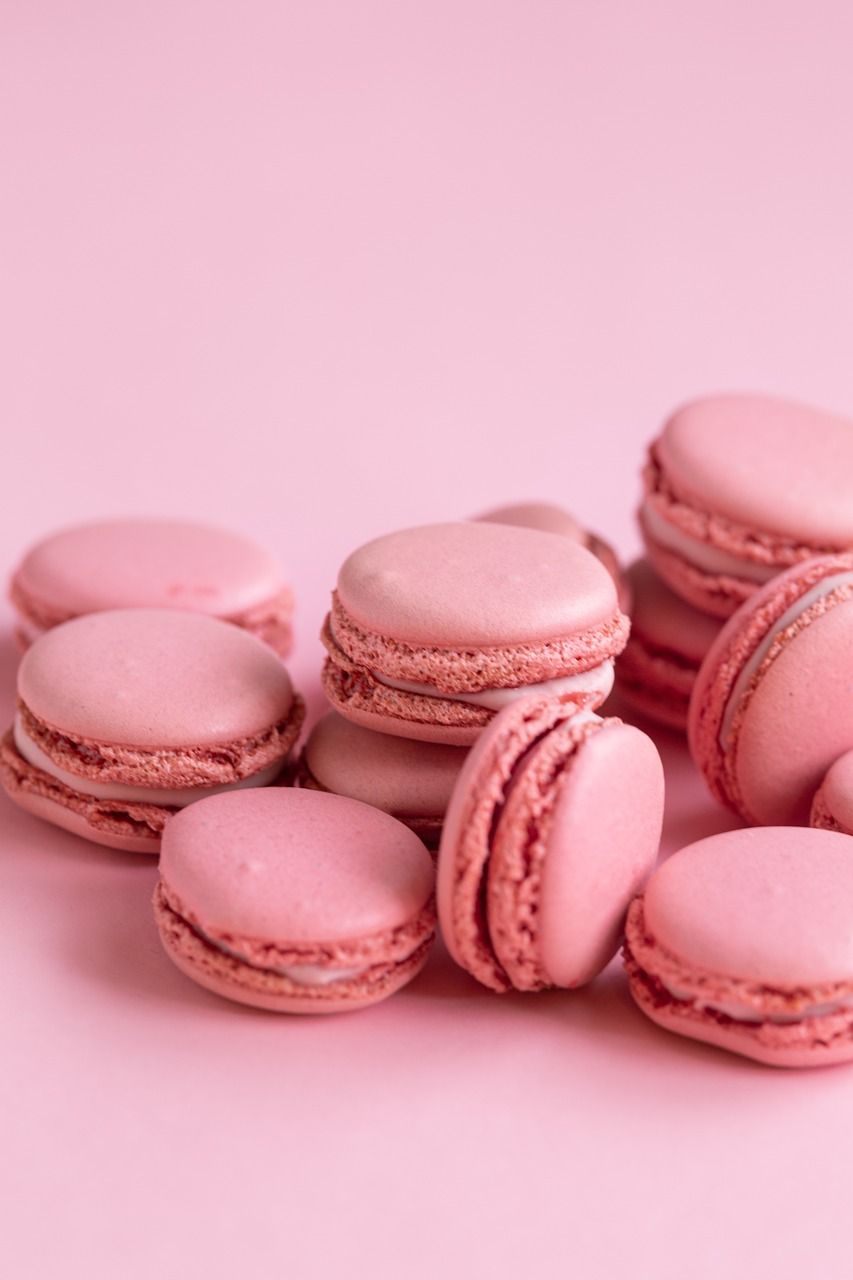
Introduction
Baking cookies is an enjoyable and rewarding activity that brings both comfort and satisfaction to individuals of all ages. Whether you are an experienced baker or a novice in the kitchen, the art of baking cookies provides endless opportunities for creativity and indulgence. In this comprehensive article, we will explore the ins and outs of baking cookies, including an overview, different types, popular variations, quantitative measurements, comparative analysis, and a historical review of their pros and cons. So, put on your apron and get ready to embark on a culinary adventure!
I. An Overview of Baking Cookies
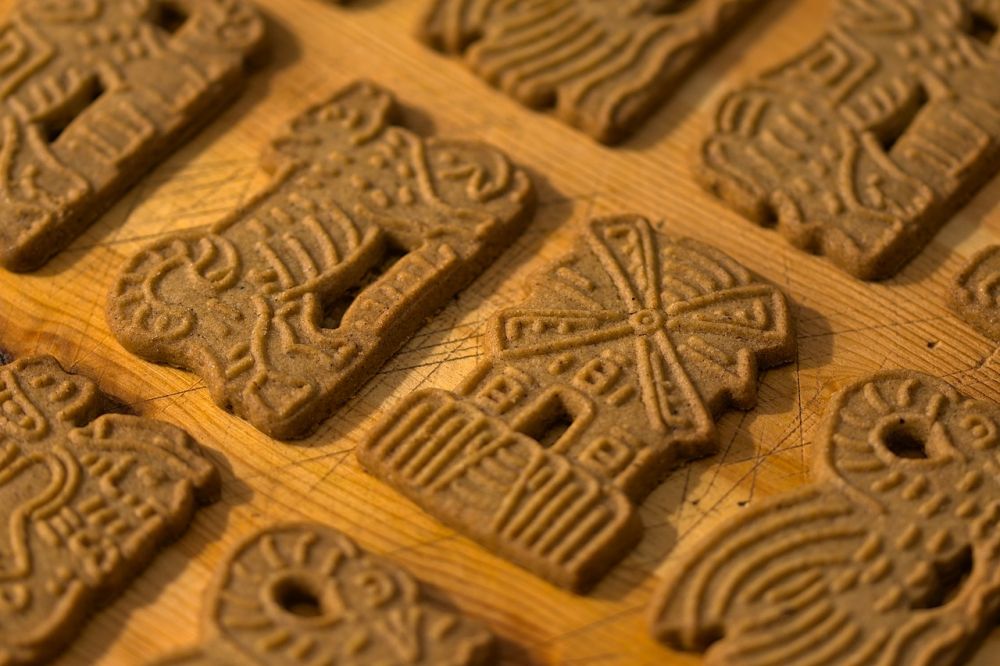
Baking cookies involves mixing and shaping dough, which is then baked until golden brown. This delightful process requires a few key ingredients, such as flour, sugar, butter, and eggs, complemented by a variety of flavors, add-ins, and toppings. The result is a delectable treat that can be enjoyed on its own or paired with a refreshing glass of milk or a warm cup of coffee.
II. Types of Cookies and Their Popularity
1. Classic Chocolate Chip Cookies: Undoubtedly the most famous type, these cookies feature a perfect balance of sweet chocolate morsels and buttery dough, resulting in a timeless favorite.
2. Oatmeal Raisin Cookies: With their chewy texture and hints of cinnamon, these cookies are a healthier alternative that offers a delightful combination of oats, raisins, and a touch of sweetness.
3. Peanut Butter Cookies: Perfect for peanut butter lovers, these cookies are rich, creamy, and often have a lovely crosshatch pattern created by a fork.
4. Sugar Cookies: Versatile and delicious, sugar cookies are a blank canvas for creative decoration with colored icing, sprinkles, and other edible embellishments.
5. Snickerdoodles: These soft and chewy cookies are rolled in cinnamon and sugar, resulting in a delightful combination of sweetness and spice.
III. Quantitative Measurements for Optimal Results
To achieve consistent and scrumptious cookies, precise measurements are crucial. Here are some key measurements and their impact on the final product:
1. Flour: Measuring flour by weight using a kitchen scale ensures accuracy and prevents overly dense or dry cookies.
2. Sugar: Different types of sugar, such as granulated, brown, or powdered, yield varying textures and flavors.
3. Butter: Using softened butter at the correct temperature leads to cookies with the desired texture.
4. Eggs: Adding the right number of eggs, along with their size, influences the chewiness and richness of the cookies.
5. Leavening Agents: Baking soda and baking powder impact the rise and spread of cookies, influencing their final appearance and texture.
IV. A Comparative Analysis of Different Cookie Recipes
Each cookie recipe possesses unique characteristics that set it apart from others. Here is a closer look at some differentiating factors:
1. Texture: Cookies can be soft, chewy, crispy, or a combination of textures, depending on the ratios of ingredients and baking methods.
2. Flavor Profiles: From the richness of chocolate to the warmth of spices, cookies can offer a wide range of flavors that cater to different tastes.
3. Allergen-Friendly Options: With increasing dietary restrictions, it’s important to explore alternatives that cater to those with allergies or dietary preferences, such as gluten-free or vegan cookies.
V. A Historical Journey of Cookie Baking: Pros and Cons Through Time
1. Advantages of Traditional Recipes: These recipes often include time-honored techniques that have been perfected over generations, resulting in tried-and-true flavors and textures.
2. Disadvantages of Traditional Recipes: Some traditional recipes may require hard-to-find ingredients or extensive preparation time, making them less accessible for busy individuals.
3. Modern Innovations: Alongside traditional recipes, modern variations have emerged to cater to changing tastes and dietary needs.
4. Pros and Cons of Modern Innovations: While these variations offer convenience and inclusivity, they may sacrifice the authentic experience and flavors of traditional cookies.
Conclusion
Baking cookies is a delightful culinary adventure that provides endless possibilities for creativity and indulgence. By understanding the different types, mastering the quantitative measurements, and appreciating the nuances between various recipes and their historical contexts, anyone can become a skilled cookie baker. So, gather your ingredients, preheat the oven, and let the sweet scent of freshly baked cookies fill your kitchen, creating lasting memories and satisfying your taste buds. Happy baking!



